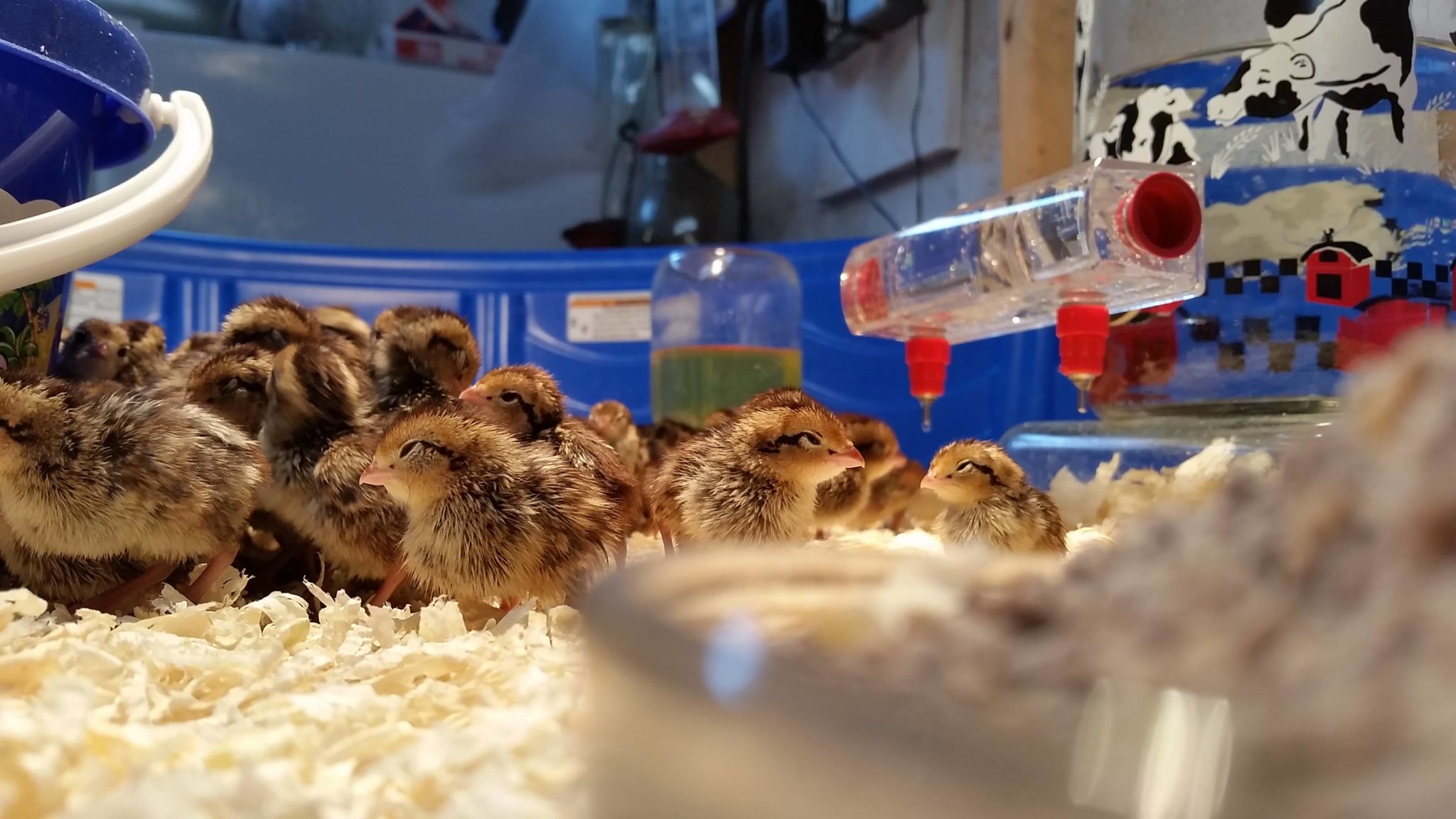What you should know about raising quail
Considering raising quail? Here’s what you should know to get started on this breed that’s good for meat, eggs and game birds.

Quail many not be the first fowl you think of when choosing birds for your homestead, but quails produce tasty, delicate meat and eggs, and they can also be sold to hunting preserves as game birds. Plus, they are quirky and fun to watch.
“They are an alternative to traditional poultry,” says Emily Lhamon, poultry extension educator at the Penn State Extension in University Park, Pennsylvania. “They are fun to watch hatch because they are so tiny. That could be an interesting thing for kids to experience.”
Raising this tiny poultry can stoke a lifelong passion for homesteaders looking to raise unconventional backyard fowl. Here is what you need to know before deciding whether raising quail is right for your homestead.
Are quail easy to raise?
Quail are smaller than many of their backyard poultry counterparts, experts say that they generally require less space than other backyard poultry. But even though they are small, quail present their own challenges. Because quail can fly, their enclosures need to be extra secure, and they are more vulnerable to predators due to their size. Quail are also susceptible to disease.
“One thing that I always try to stress when it comes to producers is biosecurity,” Claudia Dunkley, poultry scientist at the University of Georgia Cooperative Extension in Athens, Georgia. “That’s one of the big issues that quail producers will have. If you have a disease outbreak, it will pass through the flock quickly.”
To keep diseases at bay, keep quails separate from other backyard fowl like chickens and try to keep them away from wild migratory birds.
What do you need to raise quail?
To raise quail, you will need a proper enclosure, feeders, waterers and nesting boxes if you want them to lay eggs, either to hatch or for you to eat. You also may need a permit from you state department of fish and game depending on the size of your quail “covey” (a group of quail) and what you plan to raise them for. Some districts prohibit raising quail entirely, so check your municipal zoning codes as well.
The Eastern bobwhite is the most common species to raise in the United States. The Coturnix, or Japanese quail, is also a good breed for beginners, according to some breeders and experts. You can purchase fertilized quail eggs to hatch in an incubator, which requires slightly more skill, capital (and an incubator) and maintenance, or purchase day-old quail chicks also known as “cheepers.”
How much space do quail require?
“They don’t require a ton of space, it just depends on your numbers,” Lhamon says. The Penn State Cooperative Extension guide recommends 1 square foot per quail in floor pens (chickens, by comparison, require about 4 square feet per bird). Because quails are territorial, they will also need adequate space at feeders and waterers (about 1 inch and ⅓ inch each, respectively).
The rearing conditions will also vary based on what purpose for which you plan to raise them. Hunting preserves want fast-flying birds, so they will need more space in their cages to spread their wings; birds raised for eggs and meat will need more controlled temperatures and less light.
The most important aspect of housing quails is that they need to be fully contained. “Housing has to be different because you’ll want to keep them enclosed,” Dunkley says. “We wouldn’t consider them as domesticated. If they have an out, they will fly away, because these are birds that fly.”
“The other part of that is using a chicken wire or some other animal livestock mesh that doesn’t let animals escape when they hatch,” Lhamon adds. “Bobwhites look like little bumblebees when they hatch.”
How long does it take for quail to lay eggs?
Interested in quail eggs for eating? The delicate eggs are a common part of some international cuisines and a delicacy in others. In some South American countries, hard boiled quail eggs top hamburgers and hot dogs, and Vietnam, boiled quail eggs are sold in bags as snacks. Meanwhile, in Japanese cuisine, quail eggs are eaten raw in fine sushi.
Quail eggs are about one-fifth the size of a chicken egg and have brown spotted shells. Between the ages of 2 and 8 months a female quail will lay about one egg a day, and can lay between 150 and 300 eggs per year. After about 9 months, the productivity will decline; most quail live for less than a year in captivity.
For ideal laying conditions, quails must be well-fed (there several commercial quail feeds available on the market; a calcium supplement will also help with egg production) and receive 14 to 16 hours of light per day.
Like any livestock, quail come with their unique challenges and opportunities. Now that you know the basics, you can decide if you want to venture into raising quail on your homestead.

Please do quails hatch their eggs or an incubator must be required?